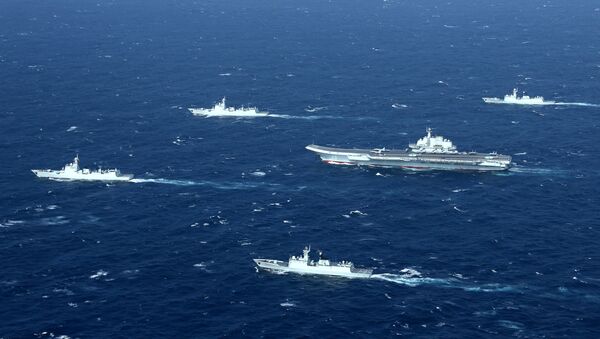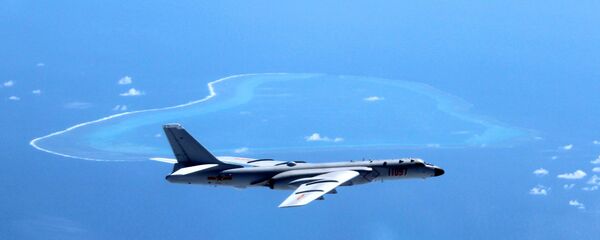New Chinese facilities have been discovered on Islands such as Tree Island, a tiny island.08 square miles in area in the Paracel Islands group. The archipelago is disputed by China, Taiwan and Vietnam, with some sections also claimed by Malaysia and the Philippines.
Elsewhere, on the Spratly Island group, China has been building runways, leading to accusations that they intend to turn the islands into airbases. Vietnam has also accused China of using their existing facilities for naval and coast guard deployments in the region.
The economically and strategically key maritime region is the subject of numerous competing territorial claims, but has slipped from the headlines in recent months as far more attention has been lavished on North Korea — another flashpoint in East Asia.
Bonnie Glaser, a China security expert at Washington's Center for Strategic and International Studies, told Reuters that China has "built these extensive facilities and both Chinese civilian and [Chinese military] experts have always made it clear that when the strategic time is right, they're going to start using them more fully."
"I think it is a question of when, rather than if, China will start to assert its interests more forcefully in the South China Sea… and that is likely to be at a time of China's choosing."
China considers the entirety of the South China Sea to be their sovereign territory, and have become increasingly willing to assert that claim as their military grows in size and strength. Earlier in October, Chinese President Xi Jinping addressed the 19th Communist Party Congress and praised the "steady progress" of Chinese construction and land reclamation in the disputed sea.
Although the US has no land claims in the South China Sea, US Navy warships are a frequent sight in the region due to the American policy of maintaining freedom of the seas — a pet issue of the United States for over a century — through Freedom of Navigation Operations (FONOPs). The policy dictates that the US will protect the right of states to freely navigate through international waters, which they say include the South China Sea — a tacit rejection of China's territorial claim.
The FON policy has been a major sticking point in US-China relations since 2015, when the US stepped patrols around artificial and reclaimed Chinese islands. Both sides accuse the other of endangering peace in the South China Sea: the US calls the Chinese construction provocative militarization, while China argues that the US operations are a meddlesome violation of their sovereignty.
The issue is likely to be discussed between Xi and US President Donald Trump during Trump's planned visit to Asia in November. "We remain concerned about tensions in the South China Sea, in particular those caused by land reclamation and militarization of disputed outposts and the willingness of some to resort to coercive tactics to assert their claims," said Michael Cavey, a U.S. State Department spokesman, in a statement.
"We have consistently called on China, as well as other claimants, to refrain from any further land reclamation, construction of new facilities, and militarization of the disputed features."
Chinese Defense Ministry spokesman Ren Guoqiang defended Chinese construction to Reuters. "You can't say that the construction on our islands and reefs in the South China Sea and the building of necessary defensive facilities is an expansion of military deployments," he said. "We believe that at present the situation in the South China Sea is generally good, and all relevant parties should work hard together to protect the peace and stability of the South China Sea."
The RAND Corporation, a US-based think tank with close ties to the US government, ranked the South China Sea as the second biggest flashpoint between the world's two largest economies and military powers: below the Korean Peninsula but above Taiwan. This is despite degrading relations between China and Taiwan, another territory that China claims sovereignty over, despite objections by the island state.







